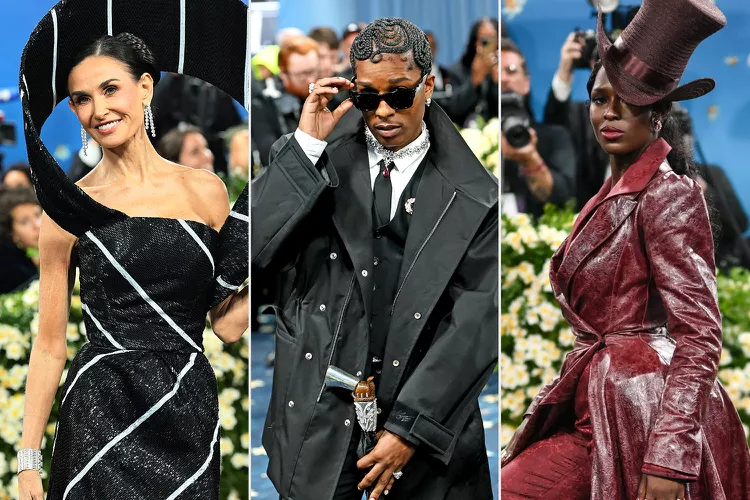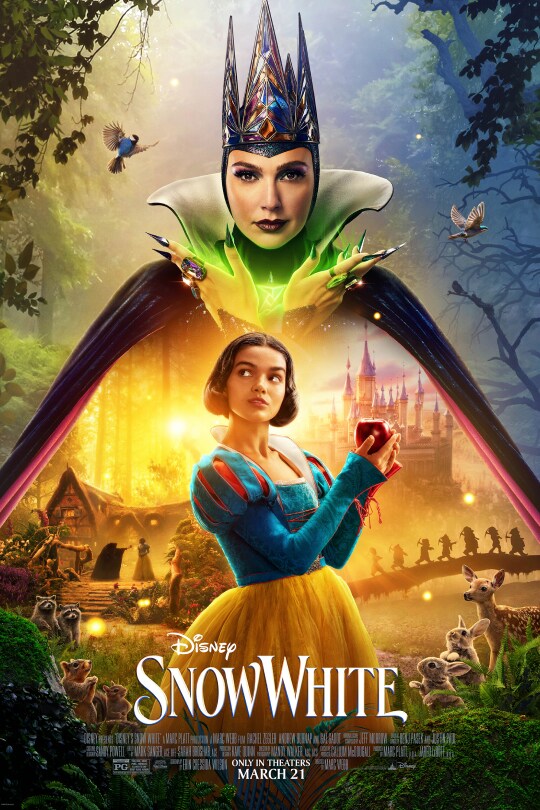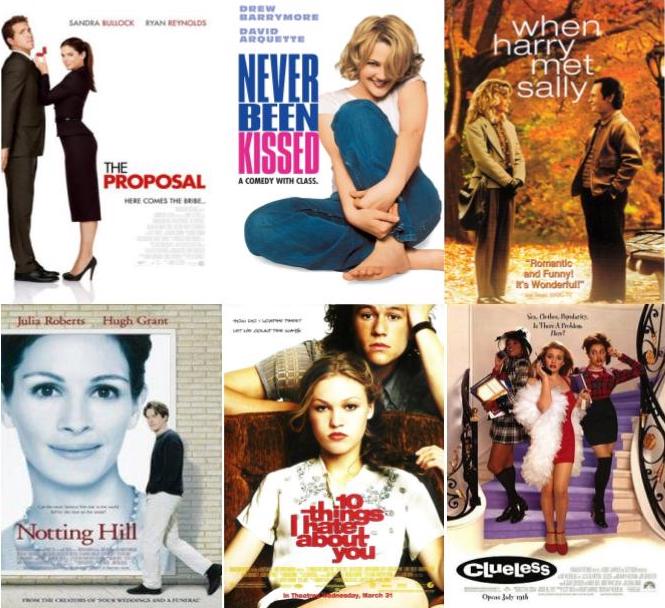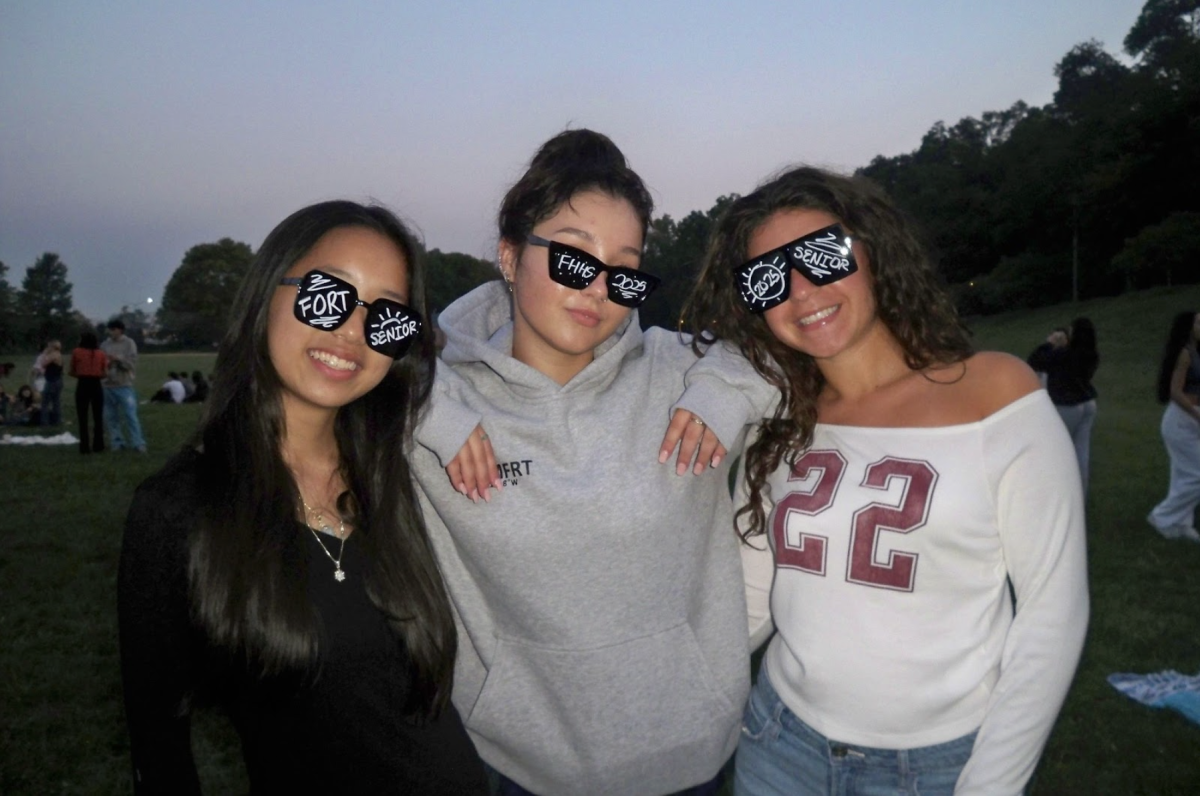If there’s any true auteur left in Hollywood, it’s Wes Anderson. Instantly recognizable for his symmetrical cinematography, vintage soundtracks, and a rotating cast of favorites, Anderson has continued to maintain a lofty position in the movie industry, a hit with critics and audiences alike. He continues to be praised and given opportunities some directors can only dream of. As his movies became more notable over the years, his signature style gradually shifted and reinvented itself into what it is today.
Hailing from Austin, Texas, a young Anderson and Owen Wilson met in college and formed a creative bond. Eventually, they began writing and managed to gain funding for a screenplay they had been pitching since the mid-90s. The result was their debut feature, Bottle Rocket, a low-stakes caper film about two petty thieves in over their heads in a heist that goes anything but right. Ultimately, it’s not about the caper as much as it is about the relationship between Anthony and Dignan (played by the Wilson Brothers) and how it changes. It maintains a character-focused narrative through the dysfunctional relationship each character seems to have with each other, a staple of his films. Compared to his later exploits, the Wes Anderson-ness in this movie feels…tame. Not that it’s lacking, as there are a few shots that lay the groundwork for his future cinematography. The movie, however, marks Anderon’s first time working with cinematographer Robert Yeoman, who would go on to work with him throughout his career. It’s rough, it’s indie, and it was enough for Anderson to get to work on his sophomore film, Rushmore.
IMAGE ONE: RUSHMORE, 1998

Filmed in his former school, Wes Anderson recollects his academic past and a tale of unrequited love into a classic coming-of-age story. While breaking new ground, it also considerably expands what Anderson has been doing. For a start, we see Anderson begin to home in on his strengths as a director, as he uses long montages, eye-pleasing typography, and witty dialogue, and a deep underlying melancholy exudes from each of the characters. Bill Murray plays the role of the disillusioned Herman Blume, who comes into conflict with the ambitious Max Fischer (Jason Schwartzman). Both vie for the attention of the widowed schoolteacher Ms. Cross (Olivia Williams) and go to great lengths to ruin each other’s personal lives for her. A theme that emerges from these hijinks is how change can affect someone’s purpose in life, or at least their perception of it. It’s a pretty existential theme for a movie with as much jaunt as Rushmore. But despite the emotional disarray present, there is a new emphasis on framing that makes each frame feel distinctive in its odd world.
Doubling down on what he’s done, Anderson manages to push his style further in The Royal Tenenbaums. The colors feel stronger, with notably offbeat performances contrasting an often ironic, dark story examining grief and the ties that it binds. It is centered around a prodigal family that had a fall from grace, leaving the three children emotionally (and physically) scarred. Seemingly the entire family is stuck in this state of arrested development, leading to conflict and them being forced to reckon with their past. Accordingly, the shots feel closer and closed off, keeping viewers focused on the characters, in contrast to the wider range of vision in his past films. This accentuation of the widescreen formatting adds to the abundance of the Tenenbaum’s lives. The colors are starker in comparison, leaving less room for real life within its purposeful lighting. The effect is that the film feels straight out of a paperback, with literal chapters used to organize the film. That includes a cast of characters idiosyncratic to the point of absurdity, but with grim struggles that juxtapose the heightened reality. The vision that Anderson had since his debut had finally been realized and put to its absolute potential.
IMAGE TWO: THE ROYAL TENENBAUMS, 2001

Following the widespread success of The Royal Tenenbaums, Anderson continued the 2000s with a similar streak of idiosyncratic films. The Life Aquatic with Steve Zissou was a touching tale about revenge, regret, and retirement starring an apathetic Bill Murray (as the title character) in one of his most powerful performances to date. The scope was extended with huge set pieces and an equally large budget (by Wes Anderson standards). Unfortunately, this was not extended to the reception, as it bombed at the box office and was panned by critics. Its themes of grief and family dysfunction paired with stop-motion sea creatures led to a tone that oscillates beyond the usual. While it was initially criticized for not doing anything not doing anything out of the box (by Wes Anderson standards), it subtly does so by placing the focus of the father-son relationship on the father. Each of his previous films has been about sons trying to find some paternal role models’ validation, or having issues with their biological fathers. The Life Aquatic does both (while the biological part is debatable) but instead confronts these issues largely through Bill Murray’s character. We see the self-reflection and motivations behind him and get a new perspective on the typical estranged father-son relationship dynamic Anderson has peddled in these movies.
This theme carries along to The Darjeeling Limited, which is focused primarily on a trio of brothers on a “spiritual” trip in India, which is an excuse to confront their father’s death, their mother’s absence, and their broken relationship. It has a cleaner look compared to the more film grain-embedded discography before it, largely due to the Panasonic Cameras used in its production. There are classic uses of slow-motion shots, whip pans, and the occasional steadicam for dramatic effect. A greater influence of Indian music is placed in the soundtrack, including tracks from Satyajit Ray along with the usual British Invasion music Anderson is known for. It doesn’t exactly do something enormously different, it shows maturity in his portrayal of families by confronting the difficult cycle of grief and how it affects these relationships. It is notable in its role as the last “grounded” movie, with the plot mainly concerned with relationships and is semi-naturalistic. It’s a standard comedy-drama at its core, although filtered into what is recognizably Anderson.
IMAGE THREE: THE LIFE AQUATIC WITH STEVE ZISSOU, 2004

In 2009, Anderson made a movie that would bring him into a new phase of his career. This era would be marked by its emphasis on miniatures, focused camera movements, and meticulous shots evoking an almost surreal feeling. This was Fantastic Mr. Fox, a (albeit looser) adaptation of the original Roald Dahl story, presented in quirky stop-motion animation. With its emphasis on its autumn settings and whimsical soundtrack, it expands the original story by introducing new elements. Mr Fox and his friends are given more character traits that humanize the talking animals. It relates to the dysfunction present in The Royal Tenenbaums but centralizes it for a family audience. Anderson and Noah Baumbach craft a drama that manages to remain poignant and balanced in its handling of its themes through light-hearted action and memorable moments. A major change in his production style was the introduction of storyboarding and animatics. While he has been known for planning shots to a precise degree, this new method allowed him to control the movement and performances of his actors to a much greater degree.
The use of miniature settings for the animation similarly informed his follow-ups, Moonrise Kingdom, and his most successful film to date, The Grand Budapest Hotel. The former uses a retro aesthetic to transport the audience back to the 1960s when a tale of innocence and young love unfolds. The latter is about European fascism and the effect that the actions of good people can have in the face of injustice. With these high-concept narratives, the color grading feels more dreamlike along with the more detached characters. Previously, his films were eccentric but were ultimately grounded in reality. After Fantastic Mr Fox, this was no longer the case. The pastel colors and peculiar characters began to take center stage as the style was the primary driving force behind the works. Not to imply that the substance was erased, because they still follow the traditional themes of Wes Anderson films. The only thing that changed was the way that they were primarily told. Now more than ever, Anderson is relying on the audience to interpret the films for themselves. To seek the emotions that the movies are trying to get across and to assign to it the meaning that they feel is right. In a way, despite reality becoming more and more heightened in his filmography, the movies themselves have become more personable. In a time when content has become more facetious than ever, it’s important to see filmmakers making something with a personality that is meant to stick with the audience.
IMAGE FOUR: THE GRAND BUDAPEST HOTEL 2014

A decade after 2014, The Grand Budapest Hotel has only pushed Anderson further in his unique style. His latest evolution appears to be leaning into an almost campy play format. The set pieces are presented as backdrops. The actors perform deadpan and almost disconnected from the actual story. The fourth wall is just about demolished. 2023’s Asteroid City is as meta as Andersonhas ever gotten. Staged as a play within a play, with the narrative shifting between real life and fantasy, and characters double-cast to the point where it becomes hard to tell who’s really who. It uses this format to delve into one man’s grief over losing his lover – both in the play and in real life. The scenes look like a postcard, using high saturation and a faded look to resemble some time long past. There is much more space than before, with the distance of the landscape behind the characters seeming farther than ever. He used this style for his new adaptations of Roald Dahl stories on Netflix, even winning an Academy Award for The Wonderful Story of Henry Sugar. One notable aspect of these short films is the use of tension, silence, and subtext to imply messages. But compared to Bottle Rocket, it feels like two different worlds. While the more fantastical elements have shaped the newer releases, there remains some essence of what made Anderson such a hit in the first place. It’s in his vision of the world, whether wildly funny or full of melancholy, that succeeds. That, along with unique cinematography and poignant scripts solidifies Anderson not only as a director but as an auteur. When you see one of his films, you can expect a certain level of quality and craftsmanship that only he delivers. Anderson is not without criticism, but no one is doing it like him, and that is a merit to be worn.




























